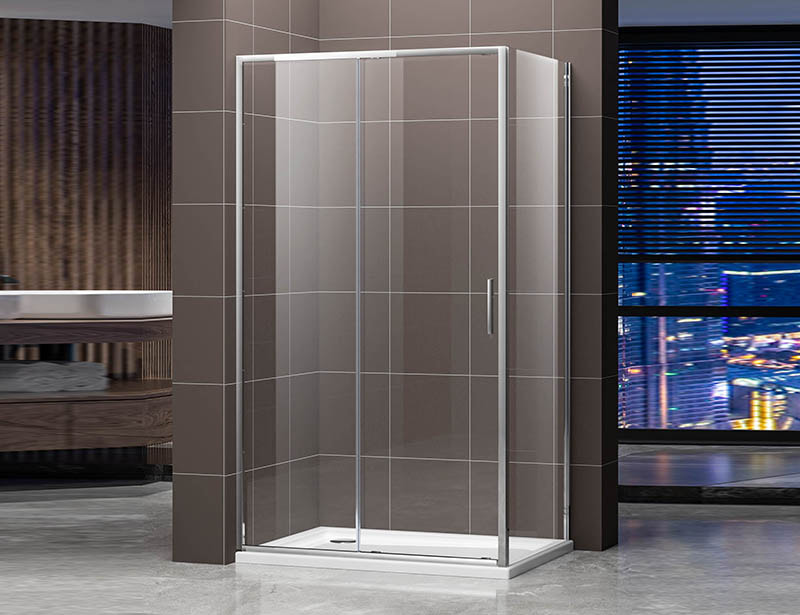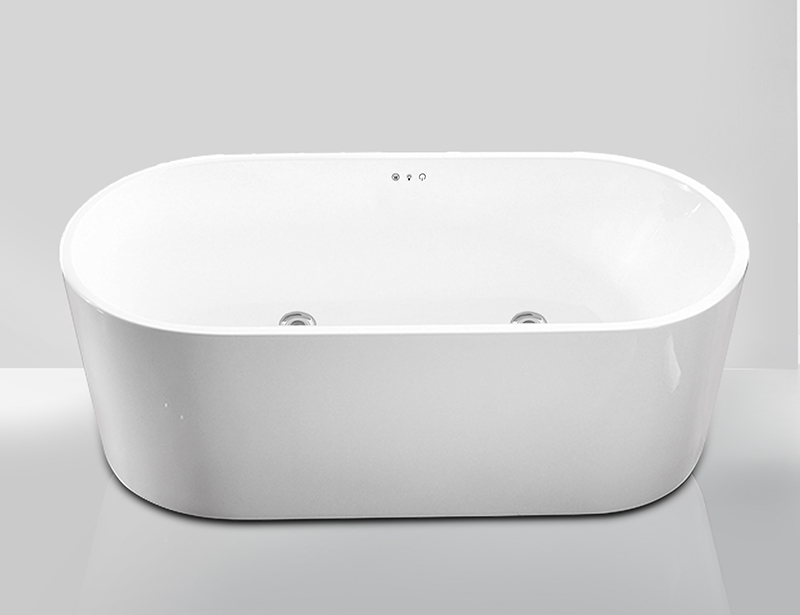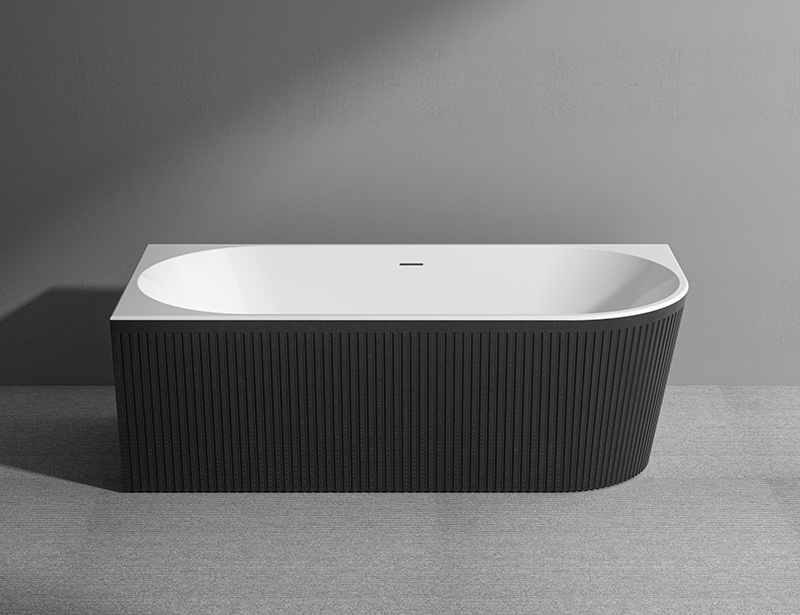MV-X195 304 Stainless Steel Thermostatic Shower Panel
Model:MV-X195 Dimention:100X185(mm) Material:Stain...
Integrating a massage bathtub with your existing bathroom or home décor requires careful planning and consideration of various design elements to ensure a cohesive and aesthetically pleasing result. Here are some steps and tips to help you achieve this:
1. Assess Your Current Bathroom Design
Style: Identify the existing style of your bathroom (e.g., modern, traditional, minimalist, rustic).
Color Scheme: Note the dominant colors and materials used in your bathroom.
Space and Layout: Measure the available space and understand the current layout to determine where the massage bathtub will fit best.
2. Choose a Compatible Bathtub Design
Style Match: Select a bathtub design that complements the existing bathroom style. For example, a sleek, minimalist bathtub works well in a modern bathroom, while a clawfoot or more ornate design suits a traditional space.
Material and Finish: Match the bathtub material and finish (e.g., acrylic, porcelain, stone) with other elements in the bathroom, such as countertops, sinks, and tiles.
3. Consider the Color Palette
Harmonious Colors: Choose a bathtub color that blends with the current bathroom colors. Neutral colors like white, beige, or gray are versatile, while bold colors can make a statement if they complement other elements in the bathroom.
Accents and Contrast: Use accent colors or contrasting elements to highlight the bathtub and create visual interest. For example, a dark bathtub in a light-colored bathroom can serve as a focal point.
4. Plan for Fixtures and Hardware
Matching Fixtures: Ensure that the bathtub fixtures (e.g., faucets, handles) match the existing hardware in your bathroom. Consistent finishes, such as chrome, brushed nickel, or brass, create a unified look.
Functional Accessories: Consider adding functional accessories that blend with the décor, such as towel bars, shelves, and storage solutions.
5. Integrate with Existing Layout
Space Optimization: Position the bathtub to optimize space and maintain a comfortable flow within the bathroom. Corner bathtubs, freestanding models, or built-in options can be chosen based on space constraints.
Accessibility: Ensure easy access to the bathtub while keeping it in harmony with other fixtures and furniture.
6. Lighting and Ambiance
Lighting: Enhance the bathtub area with appropriate lighting. Soft, ambient lighting can create a relaxing atmosphere, while task lighting ensures safety and functionality.
Natural Light: If possible, position the bathtub near a window to take advantage of natural light, making the space feel larger and more inviting.
7. Decor and Accessories
Complementary Decor: Add decorative elements that complement the bathtub and overall bathroom design, such as plants, artwork, or bath trays.
Textiles: Choose bath mats, towels, and curtains that match the bathtub’s color scheme and style.
8. Professional Input
Interior Designer: Consider consulting an interior designer to ensure the integration is seamless and aligns with your vision.
Contractor Collaboration: Work with a contractor to address any structural or plumbing adjustments needed for the new bathtub installation.
Example Integration Scenarios
Modern Bathroom:

Bathtub Style: Sleek, freestanding bathtub with clean lines.
Materials: Acrylic or stone in a neutral color.
Fixtures: Chrome or brushed nickel fixtures.
Decor: Minimalist decor with a few statement pieces like a modern artwork or a chic bath tray.
Traditional Bathroom:
Bathtub Style: Clawfoot or built-in bathtub with classic detailing.
Materials: Porcelain or cast iron.
Fixtures: Antique brass or bronze fixtures.
Decor: Rich, warm colors with traditional accents like patterned tiles and vintage accessories.
Rustic Bathroom:
Bathtub Style: Wooden or stone bathtub.
Materials: Natural, earthy tones.
Fixtures: Oil-rubbed bronze or black fixtures.
Decor: Rustic decor with natural elements like wooden shelves, woven baskets, and plants.
Integrating a massage bathtub into your existing bathroom décor involves choosing compatible designs, materials, and colors, and planning the layout and accessories to ensure a cohesive look. By considering these elements, you can create a harmonious and visually appealing space that enhances your bathroom’s functionality and aesthetic appeal.

Model:MV-X195 Dimention:100X185(mm) Material:Stain...

Model:MV-L691 Dimention:1500X150(mm) Material:Alum...

Model:MV-G8005A Dimention:1500X200(mm) Material:St...

Model:MV-G870 Dimention:1250X150(mm) 1500*200(mm) ...

Model: A2731 80*100*190(cm) 80*120*190(cm) Profile...

Model: MV020D Dimension: 59.1X29.5X22.8 inch / 150...

Model: MV091D Dimension: 59.1X29.5X22.8 inch / 150...

Model:MV103D White Dimension: 67X31.5X26.8 inch / ...